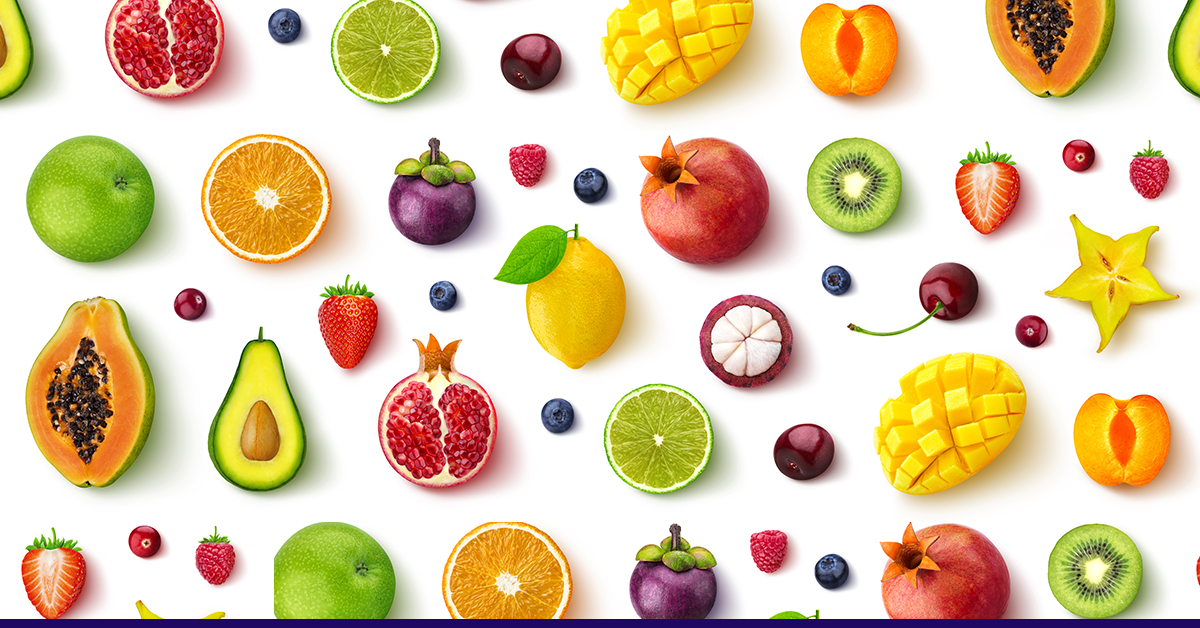
People have started becoming more conscious about their health and well-being, including being more aware of allergies. Knowing what triggers your immune system and what exacerbates it is vital, and the same goes for everyone with a latex allergy. Not only is that provoked by certain rubber items, but some latex allergy foods may also be the culprit.
Latex is a rubber product derived from the sap of the Brazilian rubber tree (Hevea Brasiliensis) found in Africa and Southeast Asia. Its subsequent processing increases its elasticity, durability, and strength for use in products such as:
Contact with any of these substances may trigger a latex allergy in anyone with an oversensitive immune system. Besides skin contact, the body may also encounter latex via inhalation of latex fibers or cornstarch powder (absorbs the latex from rubber gloves) in the air, through mucous membranes of the eye, vagina, or rectum, or blood, after the usage of any medical devices.
These allergies may be caused by sensitivity towards one of the 13 distinct proteins that naturally compose raw latex preparations or an industrial chemical (such as mercaptobenzothiazole) used to manufacture specific latex products. Synthetic rubber products possessing a petrochemical origin are hypoallergic.
While less than 1% of the U.S. population exhibits this allergy, this percentage is higher in certain demographics. Between 8 and 17% of healthcare professionals (physicians, nurses, and dentists, among others) display a sensitivity to latex, owing to regular contact with latex equipment such as disposable gloves. Similarly, those working in the rubber industry and latex manufacture also have repeated exposure to latex and are thus at a higher risk.
Additional high-risk groups include individuals who have had multiple (greater than 10) and lengthy surgeries, often from childhood. This is particularly common in patients with spina bifida, in which the spinal cord fails form before birth. Three out of five children with this disease are sensitive to latex due to frequent exposure to medical equipment such as tubing.
People with pre-existing allergies such as hay fever (allergic rhinitis), asthma, eczema, or certain foods such as avocado and banana also show a higher chance of having a latex allergy.
Around 30 to 50% of people with latex allergies display an allergic reaction to certain fruits and vegetables. This close association between food allergy and latex sensitivity is popularly known as the ‘latex fruit syndrome’ or ‘latex fruit allergy,’ even though the group of latex allergy foods also contains vegetables and nuts.
This does not mean that those food items contain rubber in them. In reality, the natural proteins found in raw latex share structural similarities with the proteins found in these latex allergy foods. Since an immune system’s fundamental basis of recognition is the surface molecules (antigens), the resemblance between the two leads the body to misidentify these foods as latex, triggering an allergic reaction.
In hypersensitive individuals, this phenomenon of similar allergic reactions due to two similar antigens, albeit from very different sources, is known as cross-reactivity or cross-sensitization.
Therefore, if you are allergic to latex, your body will initiate an allergic reaction whenever you encounter the proteins in any of the latex allergy foods. This does not only mean you need to ingest the food to trigger a reaction. For some, it may simply mean touching or smelling them. On the other hand, it may do nothing to many individuals. It varies from person to person, like every other allergy.
This is also true the other way around. If you are allergic to latex allergy foods, an allergic reaction will also be triggered upon contacting latex. If it was the manufacturing additives, you are allergic to and not natural latex itself, you are not susceptible to these allergic reactions.
While some foods may provoke a severe allergic reaction in some individuals, they may do nothing in others. The ideal course of action to determine what foods you are sensitive to would be visiting an allergist. A medical history, a physical examination, blood tests for latex antibodies, and skin-prick tests with commercial fresh fruit extracts are the appropriate way to determine your diet.
Other food items that pose a low risk (a risk still present) include cherry, fig, grape, hazelnut, nectarine, peach, pineapple, plum, rye, strawberry, almond, wheat, peppermint, mustard, mango, cherimoya, eggplant, and passionfruit.
Once a food allergy is evaluated, the offending items must be strictly avoided.
While the severity of these may vary from person to person, it may take one of the following three forms:
Allergic contact dermatitis is the most common presentation of latex allergy, often seen as itching, redness, or swelling of the skin that contacted latex. This could be itchy or swollen lips after blowing up a balloon or red skin after applying a latex bandage.
Besides steering clear of latex allergy foods, you should also remember that prevention is always better than cure. For example, latex-free contraceptives should be used, rather than diaphragms and latex condoms.
Whenever you visit a healthcare professional, inform them of your latex sensitivity, so they do not use latex gloves, tubing, or other equipment. Similarly, be on the lookout with your hairdresser and restaurants for these gloves.
Always check labels for latex because when a product is listed as hypoallergic, it doesn’t include latex. Finally, in the case of a severe emergency, wear a specially designed medical alert bracelet or pendant that communicates your allergy needs. If your primary care physician has recommended one, you might also want to carry and learn how to use an EpiPen if a reaction ever becomes too severe.
See Also: Food Allergies And Intolerances
A latex allergy does not have to become severe if you take proper precautions and management. These prophylactic measures begin with determining the food items that trigger your allergies. Visit an allergist, get tested, discuss how you can accommodate your latex fruit syndrome, and make your health a priority.